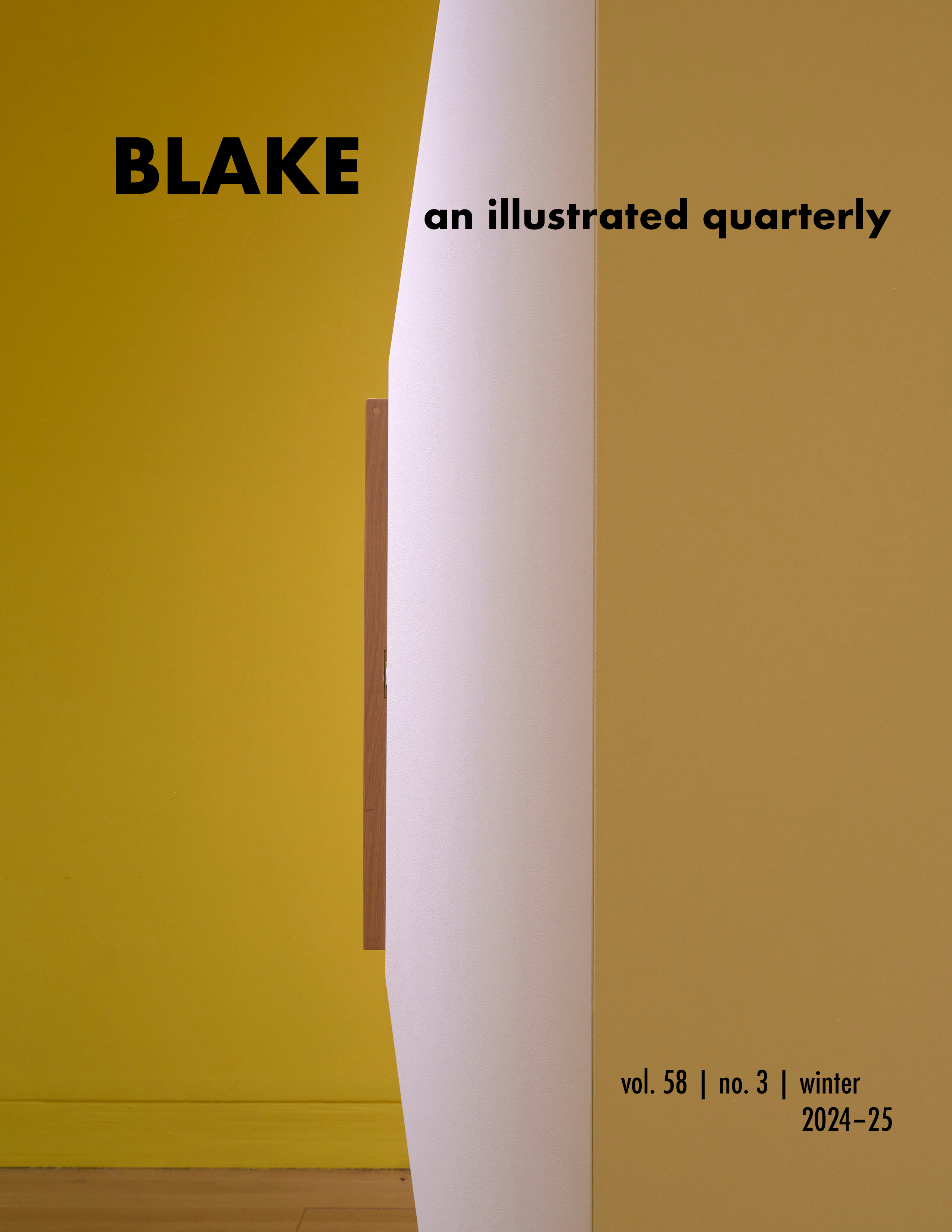“Unentangled in the intricate windings of modern practice”: William Blake’s Apprentice Copperplates and Engravings
DOI:
https://doi.org/10.47761/biq.375Abstract
In 1809 the antiquarian Richard Gough (1735–1809) bequeathed a substantial collection of preparatory drawings, copperplates, and proof impressions to the Bodleian Library. This material relates to his publications on British history and topography and medieval funerary monuments, as well as his work as the first director of the Society of Antiquaries, which included supervising the publication of both its journal and the occasional papers Vetusta Monumenta, along with other projects. During his time as director, Gough also worked on his self-published study Sepulchral Monuments, in Great Britain (1786–96), illustrated with engravings by James Basire, engraver to the Society of Antiquaries and the Royal Society. Although none of the work was published until 1786, Basire’s studio had begun the engraving project in the 1770s, a period that coincided with William Blake’s apprenticeship (1772–79). Among the materials in the Gough Collection are the copperplates after Blake’s preparatory drawings. On the versos of three of the copperplates are incised linear patterns and motifs made with burins, a drypoint needle, and a compass, suggesting that these plates were used by an apprentice to practice and develop the techniques of line engraving. This article revisits Basire’s studio at 31 Great Queen Street and Blake’s apprenticeship period before describing the markings on these plates and offering evidence for their attribution to Blake.




